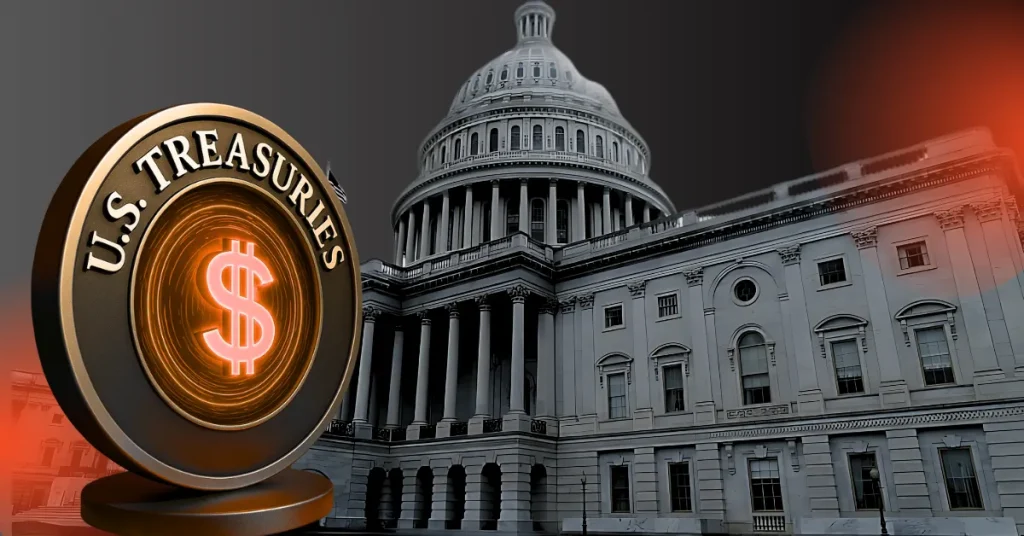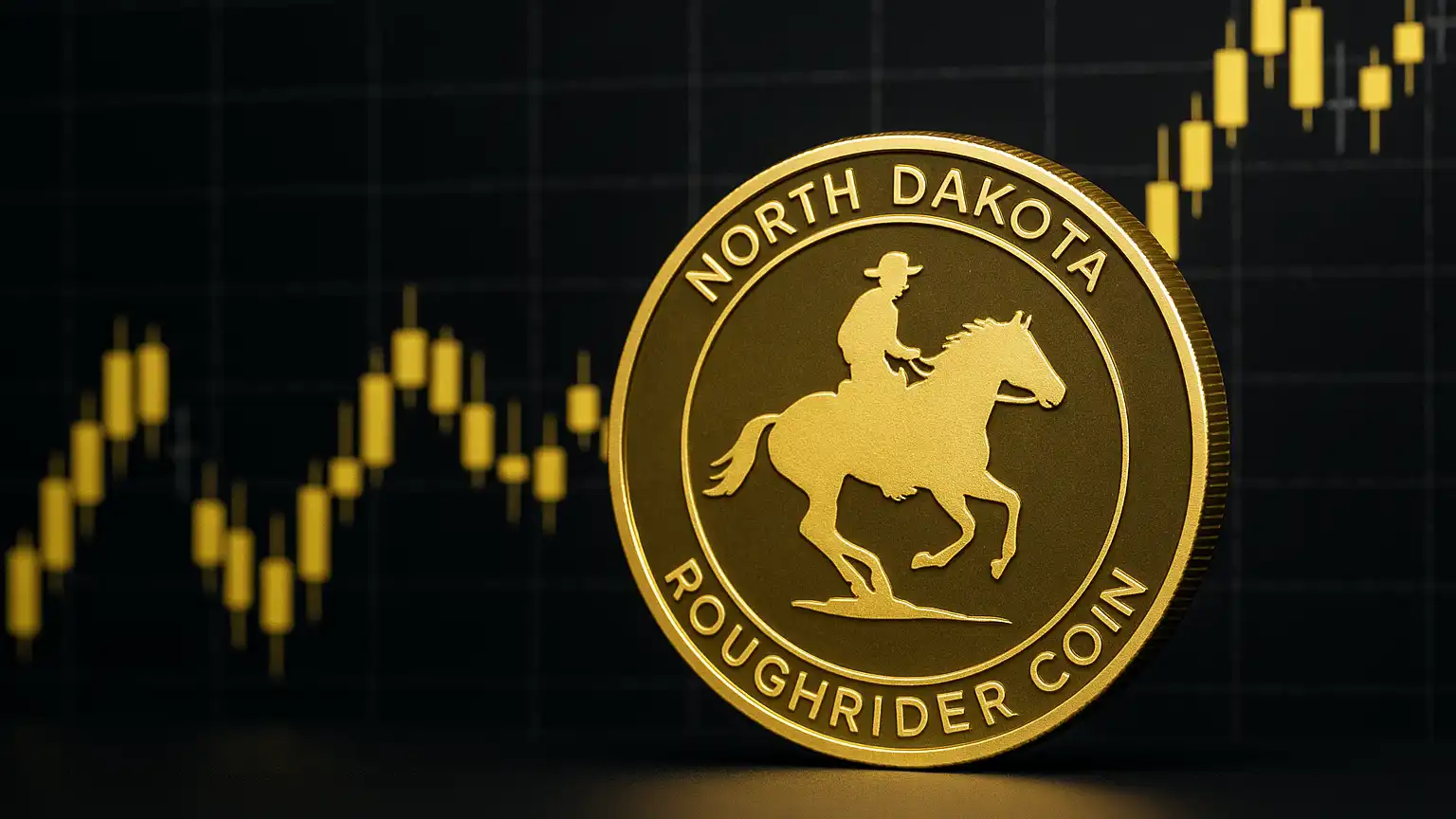In a bold and potentially precedent-setting move, the Bank of North Dakota announced its partnership with payments technology leader Fiserv Inc. (NYSE: FI) to launch a U.S. dollar-backed stablecoin named Roughrider Coin. This marks North Dakota as one of the first U.S. states to formally embrace blockchain-powered digital assets at the institutional level, suggesting that stablecoins may soon serve as more than just speculative tools—they could be the bridge between traditional banking and decentralized innovation.

Roughrider Coin: Banking Innovation Meets Blockchain Architecture
North Dakota’s Roughrider Coin is slated for release in 2026 and will be specifically accessible to banks and financial institutions operating within the state. By anchoring the stablecoin to the U.S. dollar, the Bank of North Dakota aims to create a stable, non-volatile digital currency designed for real-world utility—not mere investment speculation.
What sets this initiative apart is its foundation in established banking practices fused with cutting-edge blockchain integrations, courtesy of Fiserv’s infrastructure. With over 10,000 financial institution clients and 6 million merchants in its ecosystem, Fiserv brings a level of scale and compliance credibility most crypto-native platforms cannot match. The firm’s network handles 90 billion transactions annually, which may provide the necessary rails to mainstream Roughrider Coin across financial use cases, from retail payments to interbank settlements.
Institutional-Grade Stablecoins in a Post-CBDC Landscape
The Roughrider Coin arrives at an inflection point in U.S. financial policy. Earlier this year, President Donald Trump signed into law the GENIUS Act, decisively banning the Federal Reserve from issuing a Central Bank Digital Currency (CBDC). Yet under this same legal architecture, private institutions—and now state banks—have been greenlit to explore regulated stablecoins backed 1:1 by the U.S. dollar. This nuanced legal distinction has opened the door for stablecoin innovation without triggering concerns of federal overreach or surveillance-based monetary regimes.
As Governor Kelly Armstrong noted, “North Dakota is taking a cutting-edge approach to creating a secure and efficient financial ecosystem for our citizens.” The symbolic naming—Roughrider, a nod to Theodore Roosevelt’s cavalry roots in the Dakotas—underscores a frontier mentality toward decentralized finance. It is assertive, sovereign, and distinctly American in spirit.
Market Interpretation: Could Stablecoins Fortify U.S. Monetary Influence?
The implications of state-issued stablecoins like Roughrider stretch far beyond state lines. According to Scott Bessent, a prominent hedge fund manager and former Soros advisor, stablecoins tied to U.S. Treasuries have the power to inject as much as $2 trillion into U.S. debt markets. By tethering these digital assets to sovereign-backed instruments, stablecoins can create new demand streams for Treasuries—potentially strengthening the dollar’s global reserve status at a time of geopolitical flux and crypto-native alternatives like Bitcoin and Ethereum threatening monetary pluralism.
Stablecoins as Monetary Diplomats
While crypto maximalists often emphasize cryptocurrency’s power to bypass state financial control, the rise of regulated, institutional-verified stablecoins could recast digital currencies as tools for statecraft. When operated by responsible actors within a clear legal framework, stablecoins have the potential to modernize monetary policy execution, stimulate innovation, and reinforce trust—all while leveraging blockchain’s programmability and efficiency. However, much depends on execution, auditability, and public trust.
A Glimpse into the Future
With Wyoming’s Frontier Token and now Roughrider Coin in the pipeline, it’s becoming clear that U.S. states are not waiting for Washington to dictate the digital financial paradigm. Instead, they’re seizing the opportunity to define it themselves. If North Dakota’s pilot succeeds, it could trigger a domino effect across fiscally conservative states eager to modernize without compromising security or values.
In sum, Roughrider Coin is more than a fintech experiment. It is a policy statement, an economic catalyst, and perhaps an early blueprint for how localized stablecoin ecosystems might coexist with the broader architecture of American finance. What happens in North Dakota may not stay in North Dakota—it could well ripple through the entire U.S. financial system.





